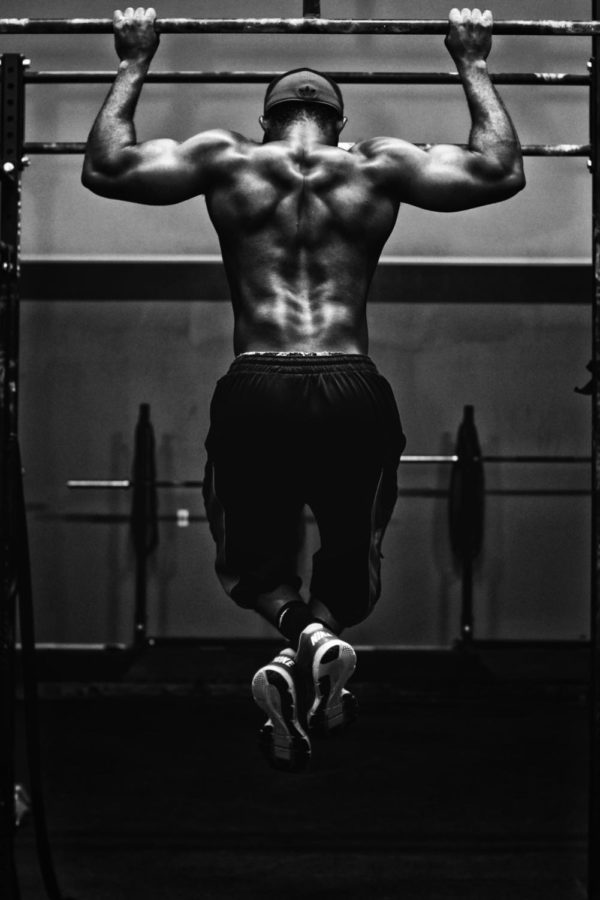Muscle Media
January 31, 2023
Social media influencers, especially fitness influencers, are everywhere and they are very deceptive when it comes to credibility.
Wherever you visit any form of social media there is a fitness social media influencer every other video. Whether it is someone giving fitness advice or just pictures of them posing, fitness influencers are everywhere.
One of the key ideas to keep in mind when it comes to these influencers is making sure that they are legit. I am not talking about if they are or without steroids but rather if they know what they are talking about. Simply because someone looks muscular does not mean you should trust them when it comes to fitness advice. There are many influencers out there who simply use steroids in order to gain muscle for no other reason. When you find a new influencer and aren’t sure how legit they are, do a little bit of research, it can’t hurt but it will help a lot. Once you find that the influencer is credible, you should probably follow them to take in all of the information that he is posting to their followers. If they are not, simply find someone else. One of the biggest examples of this is @jpgcoaching. He does not use steroids, is very muscular, and is very credible when it comes to his advice. Majority of fitness professionals on his website and on his social media agree with all that he says. When it comes to fitness advice, he is heavily regarded as the best there is by his reviews on his website, his 4.7 million followers on TikTok, and 3.9 million on Instagram.
One of the biggest myths there is when it comes to fitness is that if they use steroids, don’t trust them. This is not true. Majority of people that use steroids do it because they weight-lift professionally and wouldn’t be on par with their opponents if they didn’t do so. One of the highest rated influencers that uses steroids is Noel Deyzel. He is one of the most liked influencers, with 6.1 million on TikTok , 2.8 million on YouTube, and 3.2 million on Instagram, and is very open about his steroid use, which most people aren’t open about. He grew up without a father and teaches young men how to do things he had to learn by himself. He makes sure that his viewers use steroids because he doesn’t want to make them feel “inferior”. Yes steroids do create unreachable physics to the normal person but one shouldn’t gauge oneself by what they look like compared to others but rather on your progress. No one would ever recommend that one would use steroids because of the negative health effects that it brings.
On the other side of fitness social media, there are people who only show off their physical appearance, also known as a physic. There are more people on this side of the spectrum than those who simply give fitness advice. All that these people do is post pictures or edits of themselves. There are a lot of people of all physics and sizes that do this. One of the main red flags to look for when it comes to these types of influencers is if they are “mogging” people smaller than them. The act of mogging is when one shows off their physic in a way to put someone else down. When people do this, it is a good sign to stop following them and get behind someone else.
The last type of fitness influencers are ego-lifters. Overall, these people are the worst to watch because of how they train. They provide bad examples of how to weightlift and act in the gym. They will use too much weight and will use bad form to lift as much weight as they can. This is a very bad practice for those getting into weightlifting because it will cause them to get injured very easily.
All in all, fitness influencers on social media can be very good examples of what one should be doing in the gym. Simply because one is muscular doesn’t mean they should be trusted. Always do some research before you try something that someone you know nothing about suggests. One of the best tips there is when it comes to fitness is to always do research before listening to any fitness influencers.







